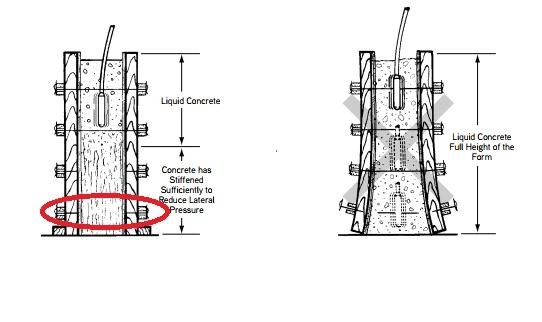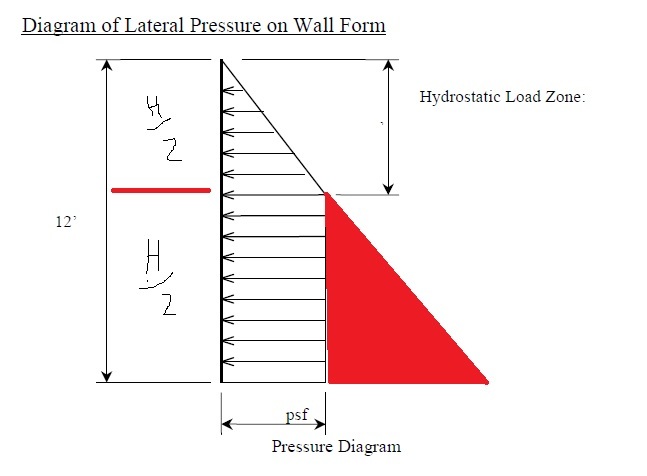Navigation
Install the app
How to install the app on iOS
Follow along with the video below to see how to install our site as a web app on your home screen.
Note: This feature may not be available in some browsers.
More options
Style variation
-
Congratulations TugboatEng on being selected by the Eng-Tips community for having the most helpful posts in the forums last week. Way to Go!
You are using an out of date browser. It may not display this or other websites correctly.
You should upgrade or use an alternative browser.
You should upgrade or use an alternative browser.
Wire rope bearing
- Thread starter Yt.
- Start date
- Status
- Not open for further replies.
Not coe3 values, but would guess something in the order of 400 psi on face grain and maybe 1500 psi on end grain (wood is orthotropic). Greatly depends on the species of wood. I have some Lignum Vitae samples that could be loaded much greater than that... used for hydro electric bearing material... What is the application and is the cable moving to abrade the wood?
Dik
Dik
- Thread starter
- #3
Hey, thanks for the quick answer. I just want to make a column formwork cheaper, 4 meter high (about 12') poured in two stages to control hydrostatic pressures, 40 cm max width plus both joints (16"), with a wire at midspan it is feasible to reduce wales size (spaced 16") but my concern is about the steel wire rope-joint and wire end.
I've been checking for sheave and thimbles design and bearing load becomes very large (32ksi for 1700 tension pounds) but i realise that since i'm trying to use 1/4" steel wire rope it might be comparable to nail bearing strength under Whale and Smith idealization, leaving out the considerations of surface contact that sheave and thimble roots has, I think it may be possible to take full diameter to make contact on wood.
I've been checking for sheave and thimbles design and bearing load becomes very large (32ksi for 1700 tension pounds) but i realise that since i'm trying to use 1/4" steel wire rope it might be comparable to nail bearing strength under Whale and Smith idealization, leaving out the considerations of surface contact that sheave and thimble roots has, I think it may be possible to take full diameter to make contact on wood.
- Thread starter
- #4
Don't understand the question... Not normally a good idea to have a pour joint in a column... if you do, it should be neat and located near mid height where moment would likely be least. Talk to the EoR for info regarding column cold joints.
Dik
Dik
- Thread starter
- #6
oh! i'm not trying to make a joint here, just delaying the pouring a little less than an hour, first half on each column and then repeat the sequence. Making the vibrator get inside first half about 24"-40" when finishing the second part, should I consider this as a joint?
I'm trying to get lower pressures only (second picture) and placing wires over the wales to control bending on them (red ellipse first pic).
My question is about crushing the wales with wires ropes, when reviewing sheave design to obtain bearing pressure of the rope on my wood members the result were remarkably high for my given axial tension, this is because the small diameter of the wire and the small diameter of bending i can achieve with a wale. But i don't think that those equations are valid for this materials interface and this mostly non-dynamic case. Rather i suspect that the wire rope, while being much harder than softwood, will accommodate itself and will spread the load through all contact surface in the process. Making wood behaviour more similar to Whale & Smith's nails description, but i haven't found wood bearing resistance data for steel wires to compare this idea.


I'm trying to get lower pressures only (second picture) and placing wires over the wales to control bending on them (red ellipse first pic).
My question is about crushing the wales with wires ropes, when reviewing sheave design to obtain bearing pressure of the rope on my wood members the result were remarkably high for my given axial tension, this is because the small diameter of the wire and the small diameter of bending i can achieve with a wale. But i don't think that those equations are valid for this materials interface and this mostly non-dynamic case. Rather i suspect that the wire rope, while being much harder than softwood, will accommodate itself and will spread the load through all contact surface in the process. Making wood behaviour more similar to Whale & Smith's nails description, but i haven't found wood bearing resistance data for steel wires to compare this idea.


- Thread starter
- #8
- Thread starter
- #9
Mainly i'm trying to reduce wale sizes, maybe i'm pointing wrong about wire ropes instead of regular wires, but it is almost free in here and i'll face the same issue of crushing the wood with regular ones. i'm preferring bigger wire rope diameter for local conditions
- Thread starter
- #11
- Status
- Not open for further replies.
Similar threads
- Replies
- 1
- Views
- 503
- Replies
- 11
- Views
- 4K
- Replies
- 6
- Views
- 1K
- Replies
- 21
- Views
- 1K
- Replies
- 8
- Views
- 2K
